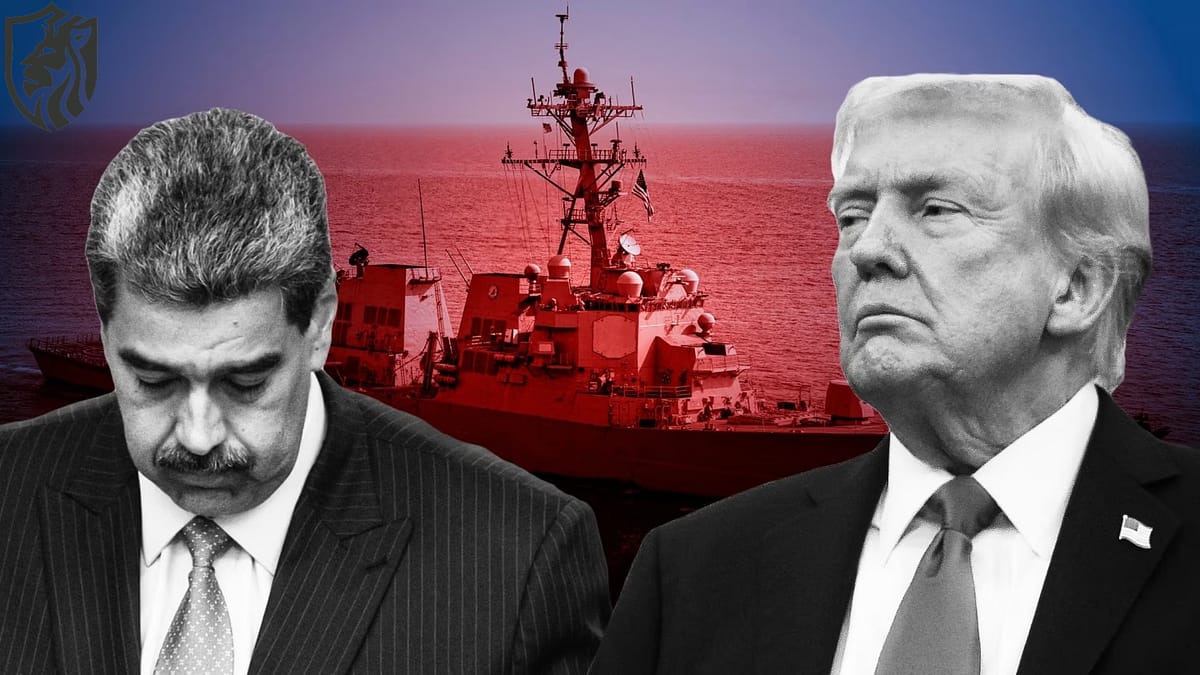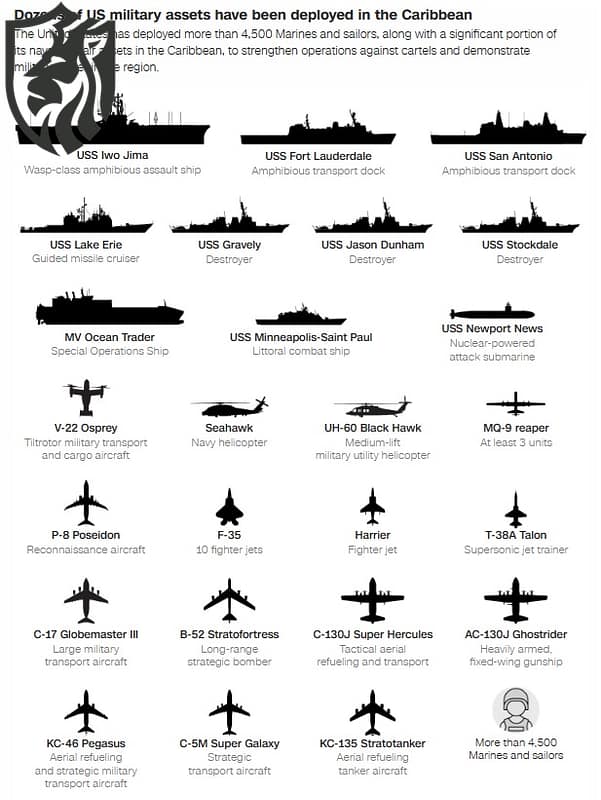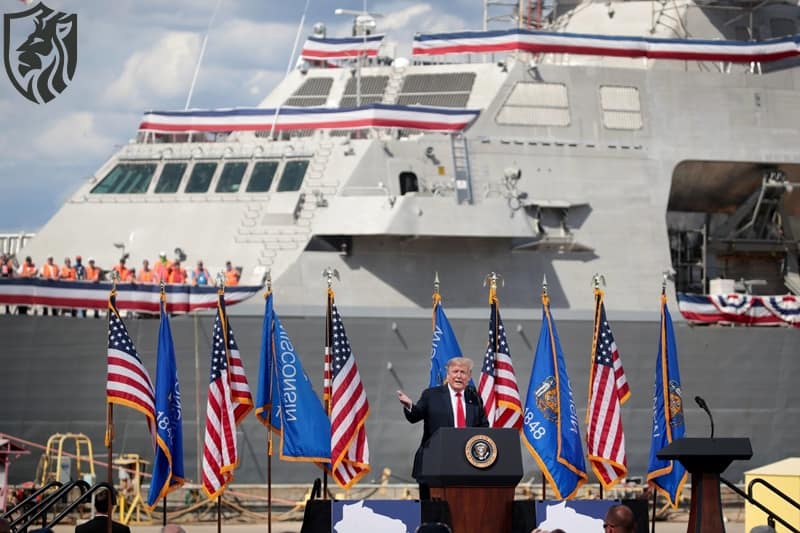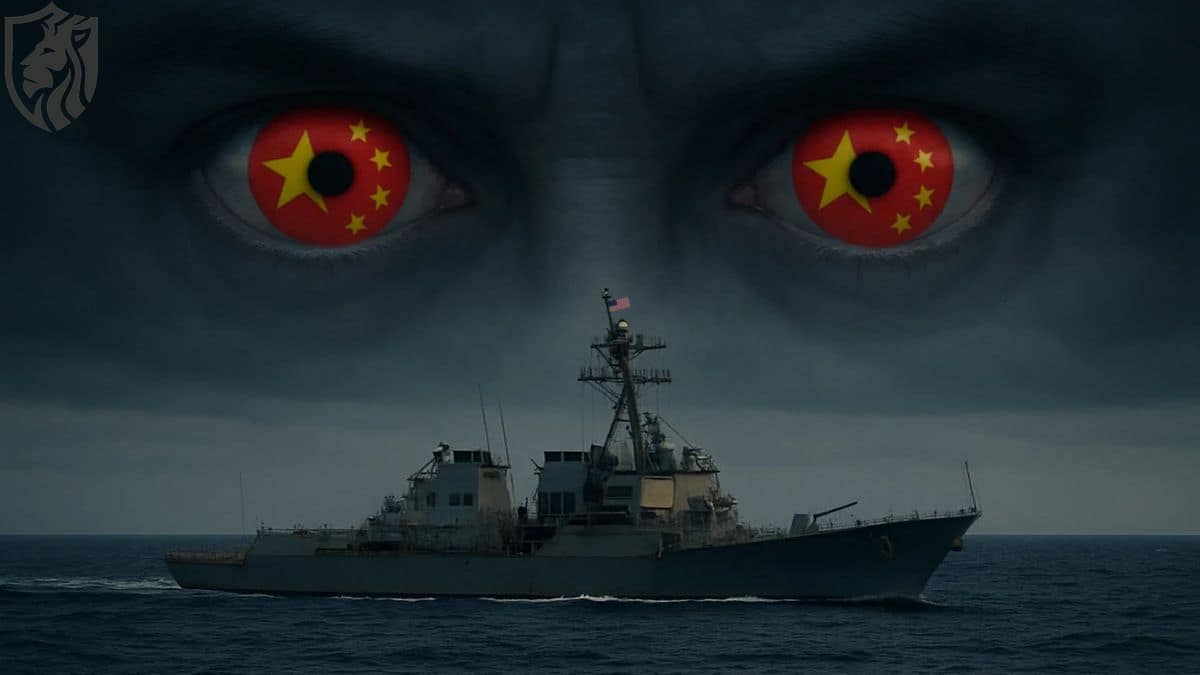
US Military Buildup Near Venezuela — Signals, Options, and Risks
Why the US is massing forces in the Caribbean
The US military buildup near Venezuela has accelerated over the last two months. Washington cites counter-narcotics and regional security, yet the scale suggests broader signalling. Amphibious forces, destroyers, and long-range bombers now operate around Venezuela’s air and sea approaches. Consequently, Caracas faces sustained pressure without a declared campaign plan.
What is deployed—and why it matters
Open-source fleet trackers indicate a significant share of US naval assets under US Southern Command. The Iwo Jima Amphibious Ready Group and the 22nd Marine Expeditionary Unit contribute more than 4,500 personnel. This US military buildup near Venezuela blends sea control with crisis-response options. It also allows quick humanitarian support if weather or instability demands it.
Amphibious and surface combatants
Three guided missile destroyers and a Ticonderoga-class cruiser provide layered air defences and long-range strikes. An attack submarine adds covert surveillance and sea denial. Therefore, the surface group can escort logistics, police maritime lanes, and deter hostile moves. In a limited strike scenario, these ships could launch Tomahawks from standoff ranges.

Air, ISR, and special operations enablers
P-8A Poseidon aircraft, MQ-9 Reapers, AC-130J gunships, and tanker support increase persistence. The US military buildup near Venezuela also features 10 F-35s forward-based in Puerto Rico. Stealth aircraft compress the sensor-to-shooter chain, while P-8s fuse radar, EO/IR, and signals data. This improving ISR picture underpins any precision engagement short of invasion.
Puerto Rico’s return as a strategic hub
Naval Station Roosevelt Roads, dormant since 2004, has re-emerged as a logistics and operations node. This US military buildup near Venezuela leverages Puerto Rico’s infrastructure, runway access, and political reliability. The base supports airlift, refuelling, and mission planning for joint and special operations. As a result, sortie rates rise and transit times fall across the eastern Caribbean.
AC-130J presence and implications
Photographed AC-130J Ghostriders point to potential close air support for discrete raids or hostage recovery. These platforms carry precision munitions and advanced sensors. However, employment would require permissive or degraded air defences and clear rules of engagement. The US military buildup near Venezuela thus mixes visible deterrence with niche, deniable options.
Training patterns and message discipline
Over 200 military flights, including intelligence collectors and tankers, were recorded between mid-August and mid-October. The US military buildup near Venezuela includes live-fire drills, maritime interdictions, and helicopter training near Trinidad and Tobago. “Little Bird” and MH-60M activities imply special operations rehearsals for littoral insertions. Importantly, these patterns condition forces while signalling escalation readiness.
What this is—and is not
Experts argue current force levels cannot seize and hold Venezuelan territory. The US military buildup near Venezuela is sufficient to conduct standoff strikes, maritime blockades, and targeted raids. It is not an occupation force. Consequently, the strategy appears to centre on coercive diplomacy—raising operational pressure, degrading illicit flows, and shaping Caracas’ calculations.

The strike-from-afar option
Cruisers, destroyers, and attack submarines could deliver Tomahawk salvos against command nodes or air defence radars. Bombers can add mass from international airspace. Yet the US military buildup near Venezuela must weigh collateral risks, weather, and air-defence survivability. Precision effects would likely focus on signal sites, ISR hubs, and coastal launch points.
Venezuelan air defence and geography
Venezuela has S-300 surface-to-air systems, point defence guns, MANPADS, and legacy F-16s. Terrain ranges from dense jungle to mountains and riverine deltas. Thus, the US military buildup near Venezuela confronts complex mission planning and EW requirements. Suppression of Enemy Air Defences (SEAD) and cyber-ISR would precede any kinetic action. Moreover, hurricane season complicates air mobility, ISR persistence, and maritime safety.
Signalling operations: B-52 overwater flights
Four-hour B-52 sorties near Venezuelan airspace underscore escalation control and reach. At closest approach, they flew within tens of miles of Venezuelan islands while staying in international airspace. This US military buildup near Venezuela communicates capability without breaching sovereignty. It also stress-tests regional command-and-control and refuelling cycles.
Likely courses of action (COAs)
- The strategy likely involves sustained interdiction and an ISR surge.
The US military buildup near Venezuela supports maritime interdictions, air policing, and persistent surveillance. The expected outcome is to weaken illicit networks and apply pressure on elites. - The strategy involves a limited precision strike.
Short warning Tomahawk or air-launched strikes could target specific nodes. The outcome is to impose military costs while avoiding a large-scale war. - The use of special operations raids is also an option.
Discrete actions against high-value targets remain possible. The goal is to achieve tactical effects and strategic signals while maintaining a low footprint. - Humanitarian assistance/disaster relief (HADR).
If storms hit, forces can pivot to HADR. Outcome: Stabilise the region while maintaining deterrence.
Escalation risks and restraint
Any strike risks retaliation via cyber or proxy action or asymmetric maritime pressure. The US military buildup near Venezuela therefore balances presence with diplomatic off-ramps. Clear communication with regional partners and robust de-confliction are essential. Additionally, transparency on mission scope reduces miscalculation while preserving coercive leverage.









